Description
Description :
Threshold encoding is a data compression technique where instead of storing the absolute values of data points, only the differences or deviations from a specified threshold are encoded. This method is effective for compressing data sets with a significant amount of redundancy or when data points are clustered around a central value. It helps reduce storage space by representing data more efficiently, especially when the differences between values are relatively small compared to the threshold.
The purpose of threshold encoding is to compress data efficiently while maintaining essential information. Some key purposes include:
- Data Compression: Threshold encoding reduces the size of data by encoding only the differences between data points and a specified threshold value, leading to more compact representation and storage.
- Storage Efficiency: By encoding data based on deviations from a threshold, threshold encoding optimizes storage space, making it particularly useful for applications with limited storage capacity or where data transmission bandwidth is a concern.
- Reduction of Redundancy: It eliminates redundant information by focusing on the variations or differences between data points, thereby improving data storage and transmission efficiency.
- Speeding Up Data Processing: Compressed data requires less processing time, resulting in faster data retrieval, manipulation, and analysis, which can be advantageous in real-time or resource-constrained environments.
- Data Approximation: While maintaining the essential characteristics of the original data, threshold encoding may provide approximate representations, making it suitable for applications where precision can be sacrificed for efficiency.
Overall, the purpose of threshold encoding is to achieve efficient data compression while balancing the trade-off between storage space, computational resources, and the fidelity of the encoded data.
Threshold encoding can be applied in various contexts, including line chart visualization, to achieve specific objectives:
- Data Reduction: In line chart visualization, particularly for large datasets, threshold encoding can be used to reduce the number of data points displayed while preserving the overall trends and patterns. By encoding only the differences from a threshold value, the chart can effectively represent the general shape of the data with fewer points, leading to improved performance and readability.
- Smoothing: Threshold encoding can help smooth out fluctuations in the data by encoding variations that exceed a certain threshold while ignoring smaller fluctuations. This can result in a cleaner and more simplified visualization, making it easier to discern overall trends and patterns.
- Focus on Significant Changes: By setting an appropriate threshold value, threshold encoding can highlight significant changes or deviations in the data, while filtering out noise or minor fluctuations. This allows viewers to focus on key insights and important trends without being overwhelmed by irrelevant details.
- Reduced Storage and Bandwidth: In applications where line charts are transmitted or stored, such as in web-based dashboards or mobile applications, threshold encoding can help reduce the amount of data transferred or stored. This can lead to faster loading times, reduced bandwidth usage, and lower storage requirements.
- Interactive Data Exploration: Threshold encoding can be used in interactive line chart visualizations to dynamically adjust the level of detail displayed based on user interactions. Users can adjust the threshold value to explore the data at different levels of granularity, focusing on specific trends or patterns of interest.
Overall, threshold encoding in line chart visualization offers a versatile approach to managing and presenting data, enabling efficient data reduction, improved readability, and interactive exploration of complex datasets.
Only logged in customers who have purchased this product may leave a review.
Related products
-
- Sale!
Q-Q Plot
-
$ 15Original price was: $ 15.$ 10Current price is: $ 10. - Add to cart
-
- Sale!
Hexbin Map
-
$ 15Original price was: $ 15.$ 10Current price is: $ 10. - Add to cart
-
- Sale!
Clustre Dendogram
-
$ 15Original price was: $ 15.$ 10Current price is: $ 10. - Add to cart

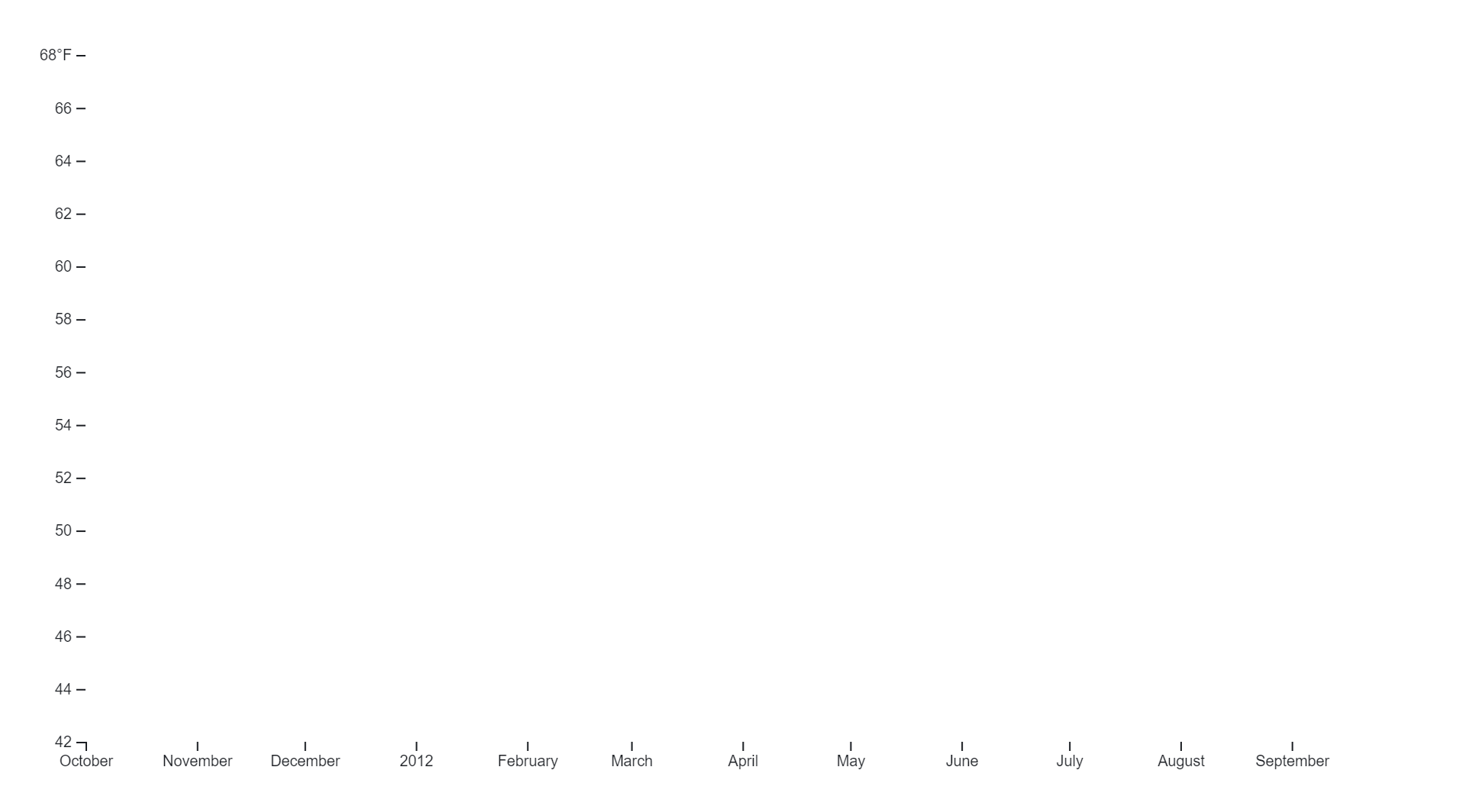
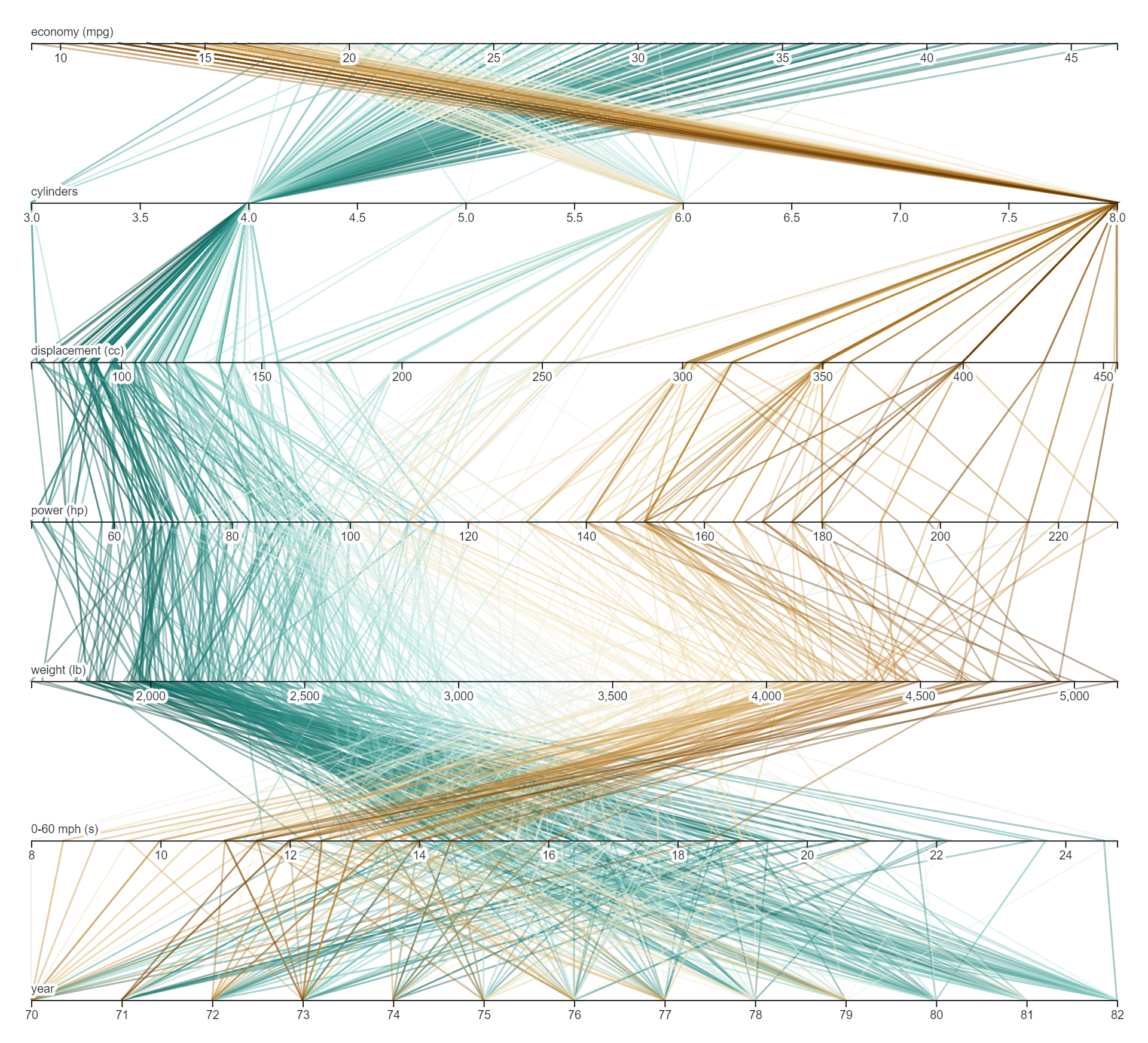
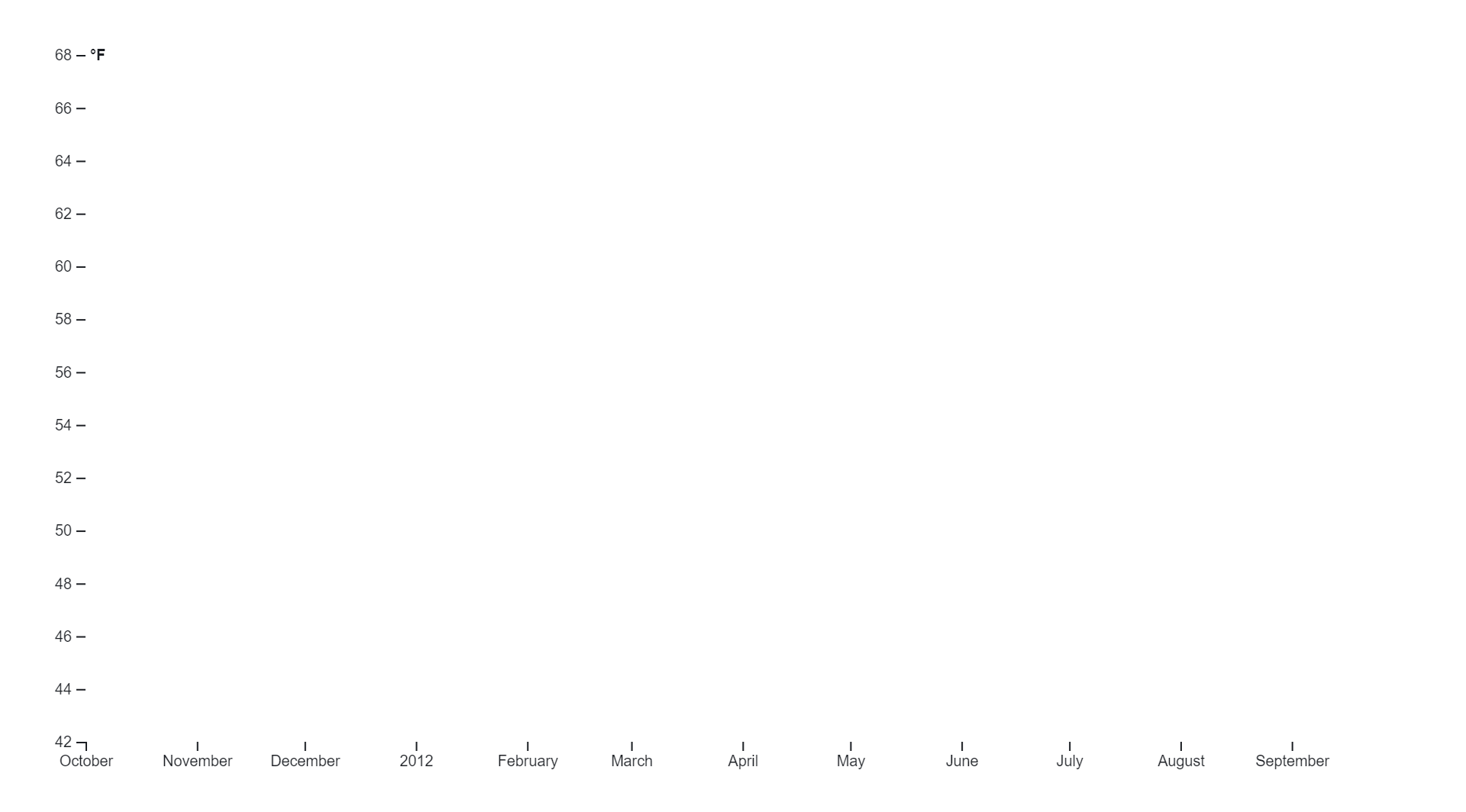
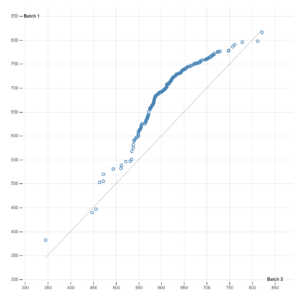
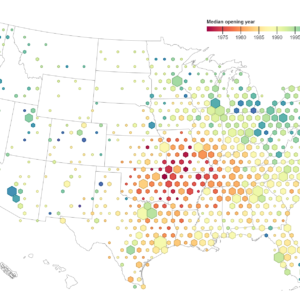
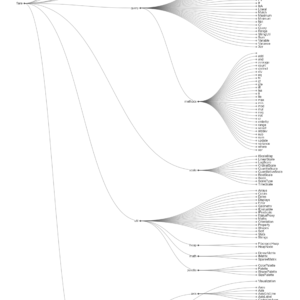
Reviews
There are no reviews yet.